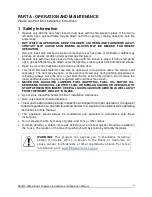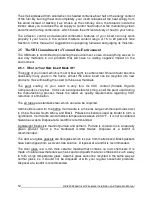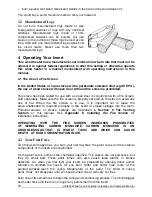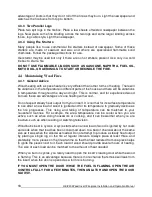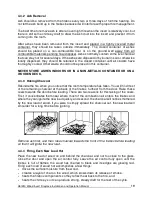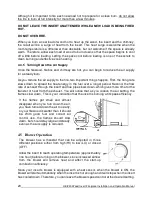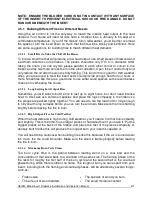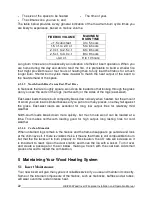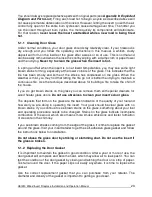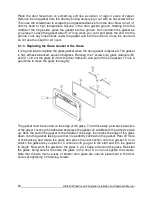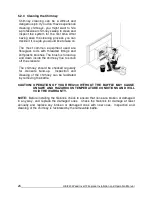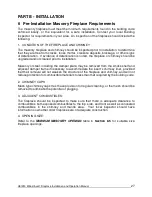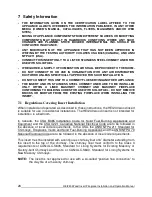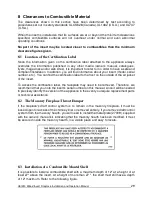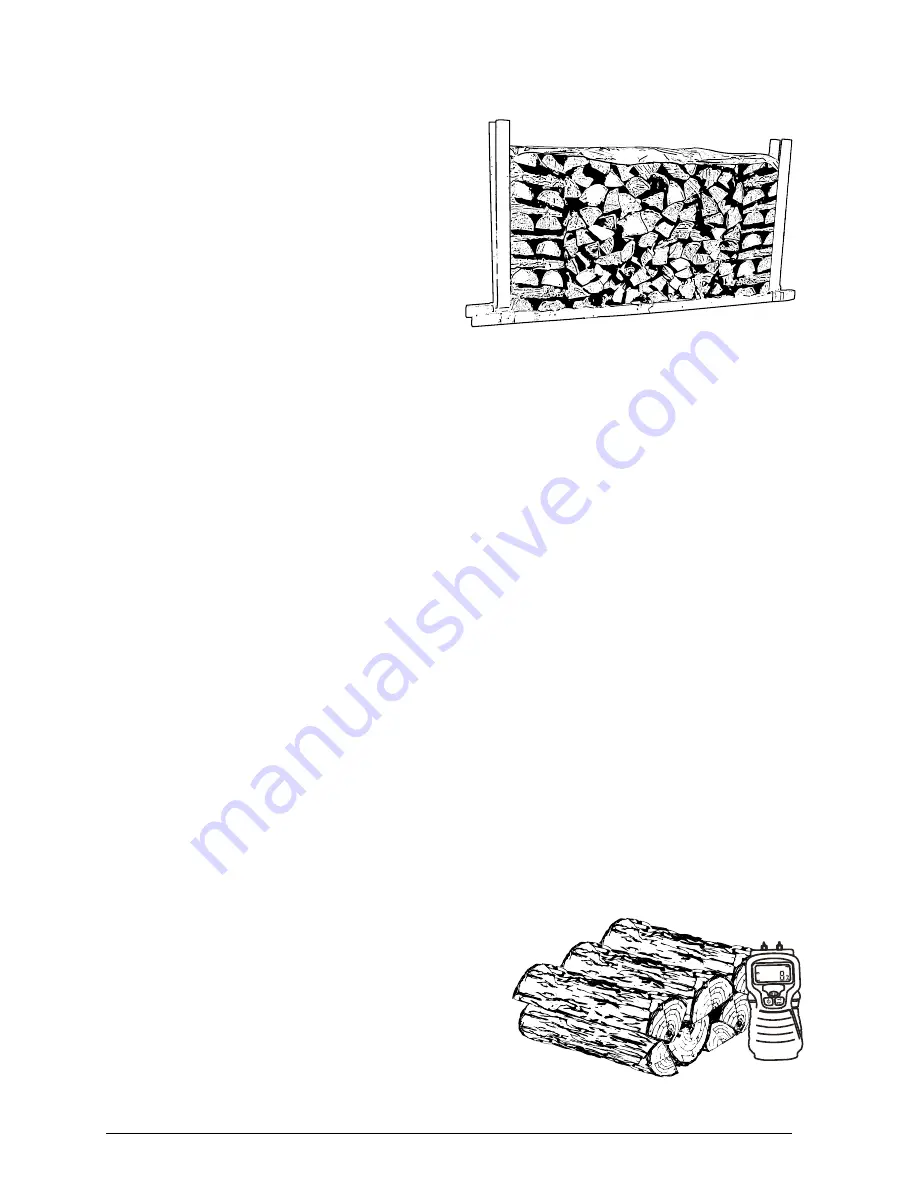
HEI240 Wood Insert Fireplace Installation and Operation Manual
15
3.1.5 How to Dry Firewood
Firewood that is not dry enough to burn is
the cause of most complaints about wood
inserts. Continually burning green or
unseasoned wood produces more creosote
and involves lack of heat and dirty glass
door. See
Section 5:
Maintaining your
wood heating system
for concerns about
creosote.
Here are some things to consider in estimating drying time:
•
firewood takes a long time to dry
•
firewood bought from a dealer is rarely dry enough to burn, so it is advisable to buy
the wood in spring and dry it yourself
•
drying happens faster in dry weather than in damp, maritime climates
•
drying happens faster in warm summer weather than in winter weather
•
small pieces dry more quickly than large pieces
•
split pieces dry more quickly than unsplit rounds
•
softwoods take less time to dry than hardwoods
•
softwoods like pine, spruce, and poplar/aspen can be dry enough to burn after being
stacked in the open for only the summer months
•
hardwoods like oak, maple and ash can take one, or even two years to dry fully,
especially if the pieces are big
•
firewood dries more quickly when stacked in the open where it is exposed to sun and
wind; it takes much longer to dry when stacked in a wood shed
•
firewood that is ready to burn has a moisture content between 15 and 20% by weight
and will allow your insert to produce its highest possible efficiency
3.1.6 Judging Firewood Moisture Content
You can find out if some firewood is dry enough to burn by using these guidelines:
•
cracks form at the ends of logs as they dry
•
as it dries in the sun, the wood turns from white or cream colored to grey or yellow,
•
bang two pieces of wood together; seasoned
wood sounds hollow and wet wood sounds
dull,
•
dry wood is much lighter in weight than wet
wood,
•
split a piece, and if the fresh face feels warm
and dry it is dry enough to burn; if it feels damp,
it is too wet,






